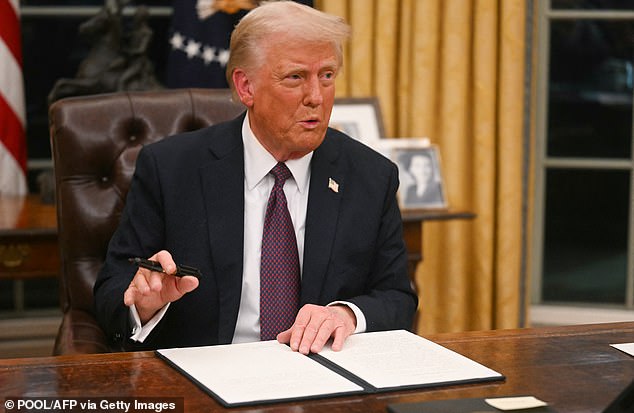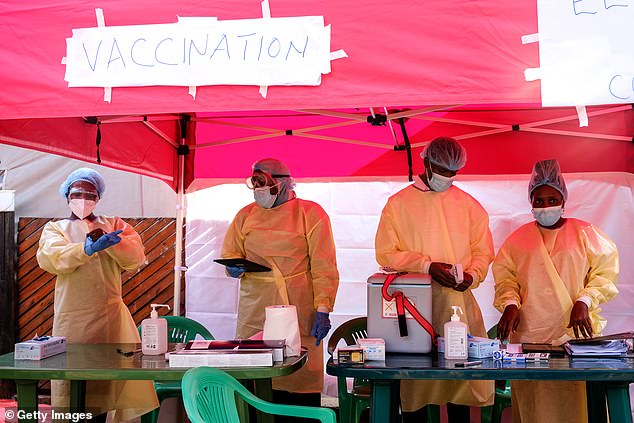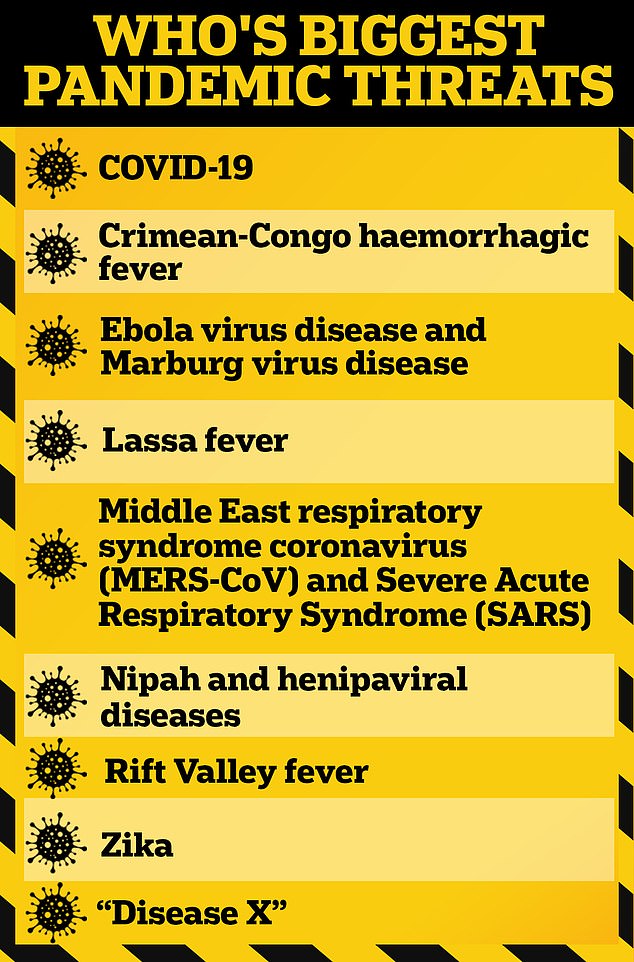President Donald Trump is reportedly considering a takeover of the World Health Organization that would see him install an American in the top position.
One of Trump’s flurry of executive orders last month was to withdraw from the UN health agencies, citing its failings during Covid and close ties to China.
But the president will reportedly use the 12-month exit period to negotiate a plan for the US to remain in the organization, according to Reuters.
The new terms would appoint a special envoy to report to Mr. Trump and the White House, overseeing reform negotiations before next January’s withdrawal.
The new envoy would also push for a Trump appointee to fill the director-general post, which has never been held by an American, when the current occupant, Tedros Adhanom Ghebreysus, leaves in 2027.
The US is the largest contributor to the WHO, providing between 12 and 20 percent of its total annual funding. Germany is the second-largest contributor at roughly nine percent of the organization’s budget.
Trump has signaled some willingness to backtrack on his withdrawal from the WHO, telling a rally in Las Vegas soon after signing the order that ‘we would consider doing it again, I don’t know… They would have to clean it up.’
Sources said it remains unclear whether the points in the proposal will come to fruition, and the administration has not formally announced that it will return to the organization any time soon.

![A new proposal would use the US¿ outsized influence to appoint an American to serve as director-general when the post¿s current occupant, Tedros Adhanom Ghebreysus [pictured], leaves in 2027](https://right360.news/wp-content/uploads/2025/02/94935027-14368813-image-a-3_1738856711959.jpg)
As of now, the CDC is barred from communicating with the WHO, a sudden stoppage that public health authorities fear could set back work on containing outbreaks of Marburg virus, mpox, Ebola, bird flu, and other emerging global health threats.
The White House told Reuters that it will ‘continue to review current processes and healthcare bodies to implement needed reforms.’ DailyMail.com has reached out for comment.
The proposal was compiled by outside policy experts before President Trump’s inauguration, as requested by his transition team. They concluded that WHO is ‘the most chaotic, least effective UN agency.’
In 2020, the WHO was directly targeted by the Trump administration for what it argued was an agency-wide failure to properly probe the origins of the coronavirus in China, likely due to kowtowing to the Chinese government.
President Trump attempted to withdraw in July of that year but was thwarted by former President Joe Biden, who took office in 2021 and reversed the decision.
The administration wants to appoint a special envoy to the WHO this year who would report to Mr Trump and the White House and oversee negotiations for reforms before the withdrawal is finalized next January.
The envoy would push for a Trump appointee to fill the director-general position, which has never been held by an American.
The proposal said: ‘There is no formal reason why this is the case and the lack of American leadership at the top of WHO has been a critical factor in the wasting of American funds and the decline of the organization’s efficiency.’
The WHO’s director-general is selected by the Executive Board, who considers candidates proposed by member countries. The Board is made up of 34 health experts from different regions of the world: Africa (7), the Americas (6, including one from the US), Eastern Mediterranean (5), Europe (8), South-East Asia (3), and the Western Pacific (5).
The job candidates must submit vision statements for their leadership and undergo interviews with the board.


The board then narrows down the list through a secret ballot until they are left with five finalists. From there, the whole World Health Assembly, comprised of 194 member nations, takes a secret vote. The candidate with the most votes is elected to a five-year term.
The Director-General then faces the arduous job of leading the development of WHO’s health initiatives, such as pandemic preparedness and disease eradication efforts, coordinating responses to humanitarian health crises, overseeing regional offices worldwide, working with governments and international organizations such as the UN, and managing the agency’s funding and partnerships.
The US is the WHO’s biggest funder, contributing between 12 and 20 percent of its overall annual funding. Over the last decade, US contributions have ranged between $163 million and $816 million annually.
The US pays more than any other country because contributions to the WHO are proportional to the sizes of countries’ economies. The annual fee is based primarily on GDP, but population size is also considered.
As the world’s largest economy, the US is assigned the highest percentage of mandatory funding.
The US also voluntarily donates money beyond what is mandatory to fund programs to eradicate polio and HIV/AIDS.
Losing that money could send shockwaves throughout the organization, which will likely have to contend with forced scaling down of labs and disease surveillance as well as downsized staff.

